PPC
6 Key Differences (+Which Is Better?)
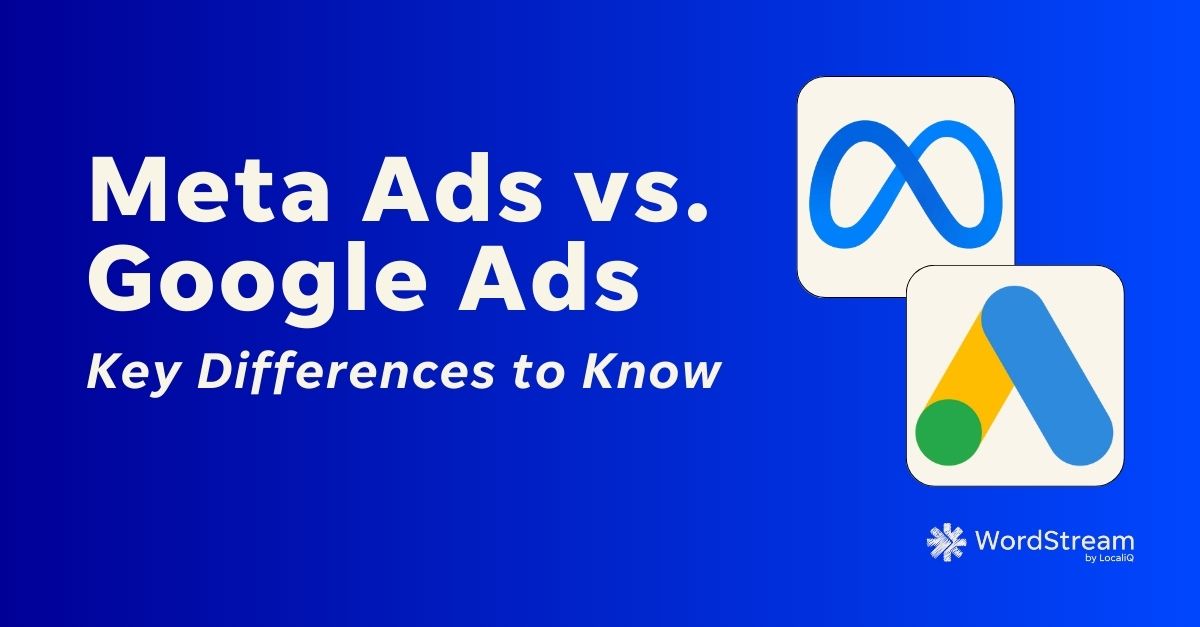
As a Google Ads coach, I’ve noticed an increase recently in Meta Ads practitioners looking to start offering Google Ads services to their clients. By launching PPC campaigns across platforms, businesses are finding more opportunity to scale and stronger results.
While both Google and Meta’s ad platforms offer many of the same capabilities, there are fundamental differences that can trip you up when going from one to the other.
Here are the top differences I’ve observed between Meta Ads vs. Google Ads in the campaign setup process broken down by:
Let’s dive in started.
Meta Ads vs. Google Ads: Campaign objectives
In both ad platforms, when you create a new campaign, the first step is to pick your campaign objective.
In Meta Ads Manager, the campaign objective is the campaign type. For example, a Traffic campaign or an App promotion campaign will lead to fundamentally different setup processes and campaign capabilities.
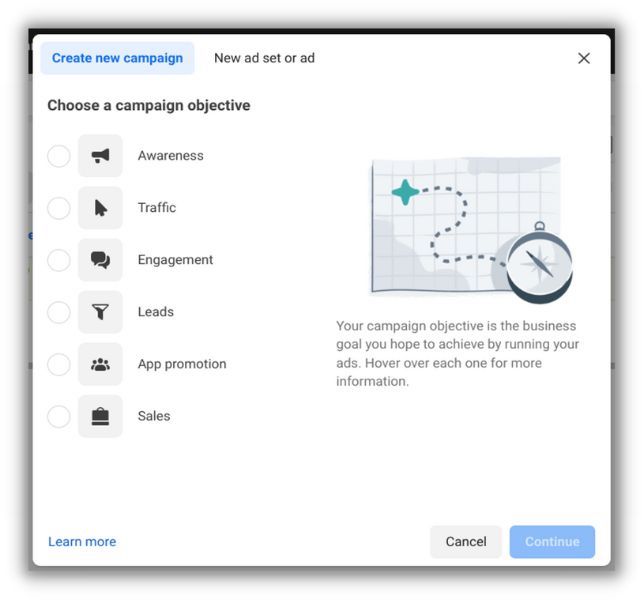
In Google Ads, selecting a campaign objective is optional and, in my opinion, not recommended. This selection allows Google to narrow the options available to you later in the setup process. For example, if you choose “Brand awareness and reach” as an objective, Google Ads will only let you select a Display or Video campaign type at the next step.
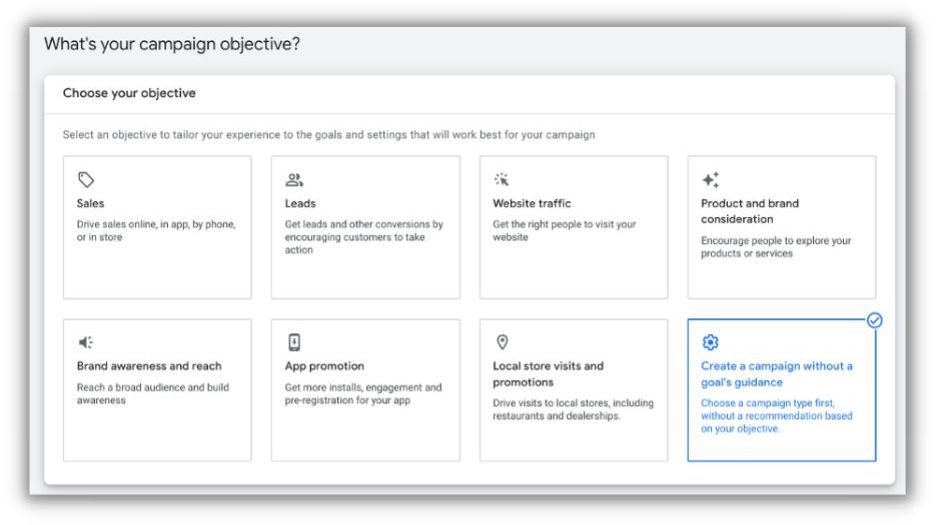
Once you select a campaign objective (or not), the second step is to select a campaign type. This is where you’ll choose between Search, Display, Performance Max, Discovery, etc.
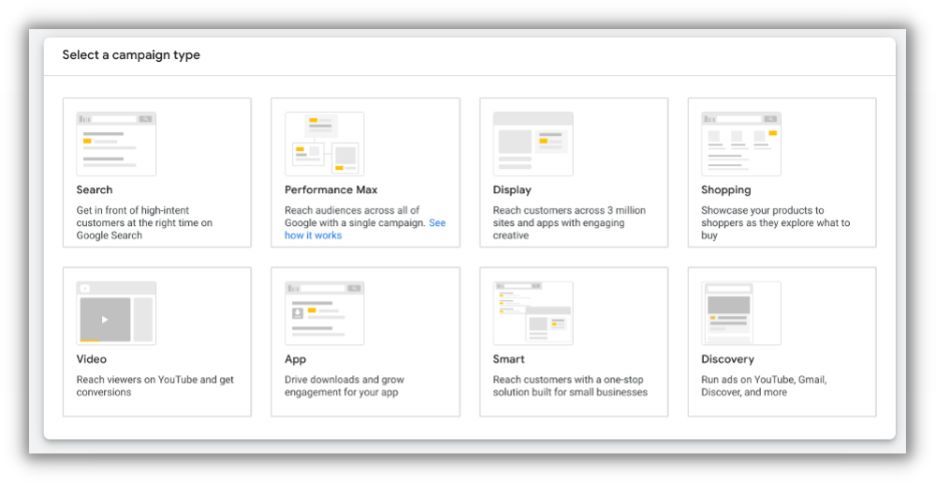
Meta Ads vs. Google Ads: Platforms and placements
As you probably know, Google Ads allows you to set up Search campaigns so that you can show ads to people based on what they’re searching for. Meta Ads does not have a Search equivalent across its platforms like Facebook, Instagram, and WhatsApp.
However, it’s a common misconception that Google Ads only run on Google platforms like Search, YouTube, Gmail, etc. Google Ads can also run on Search partner sites (non-Google websites that use Google’s technology to power their on-site search). Video Ads can also run on video partner sites (similar concept). And of course, there’s the Google Display Network, a collection of millions of websites that monetize using Google AdSense.
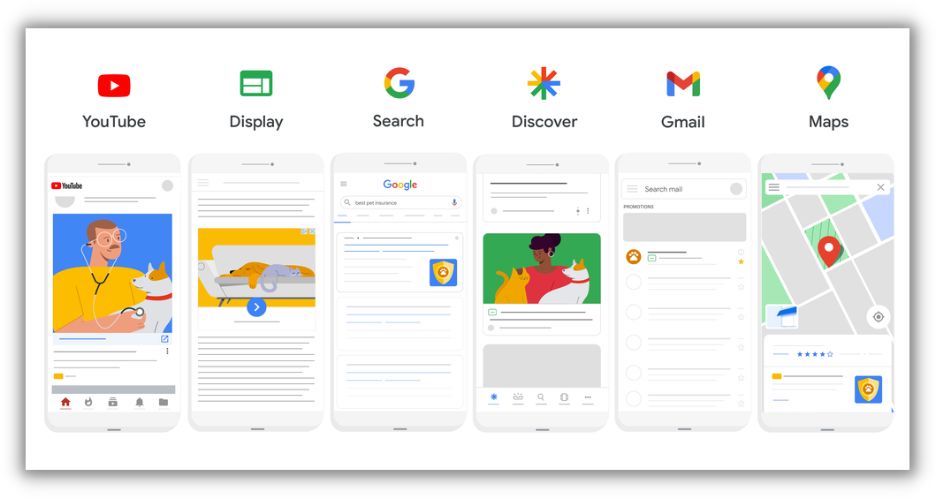
Meta’s version of the Google Display Network is called the Meta Audience Network, and it works similarly. In a Meta Ads campaign, you can manually select your various platforms and networks, or just let Meta optimize this for you.

A few key Meta Ads placement options.
While Google Ads usually lets you opt in or out of partner sites, more and more campaign types (like Performance Max and conversion-focused video campaigns) force you into all available placements.
Another key difference here is that Meta Ads on Facebook and Instagram must be linked to a page or profile. This means that whenever your ad shows up, users can click on your call to action, but they can also engage with the post or visit your social profile.

You can see nine people engaged with this ad by adding a reaction.
Contrast this with Google Ads, where Google has only just started verifying advertisers and displaying a business name alongside search ads. Given that this feature is still in beta, I recommend that at least one of your headline assets should always include your brand name, since the “call to action” in a search ad is simply clicking on the headline.

An example of the Google Ads verification badge.
Meta Ads vs. Google Ads: Budgets
There are several differences in the way budgets are set up and spent in Meta Ads vs. Google Ads.
Where do you set the budget?
In a Meta Ads campaign, your budget is set at the ad set level. You have the option to turn on Advantage campaign budget, which lets all ad sets within a campaign share a single budget.
In a Google Ads campaign, your budget is set at the campaign level; there is no option for ad group-level budgets.
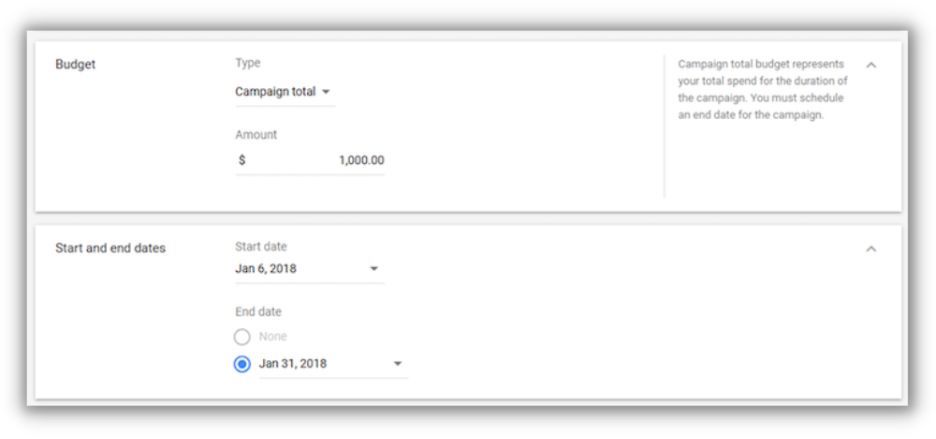
What kind of budget can I use?
Meta Ads lets you set daily budgets or lifetime budgets, whereas Google Ads campaigns only use daily budgets—except for video campaigns.
The mentality here is that most Google Ads campaigns are designed to be “always on,” whereas Meta Ads campaigns are more frequently flighted. With either platform, in order to set a lifetime budget, your campaign will need to have an end date.
Why is it blowing my budget?!
Even if you do select a daily budget, don’t expect the same outcome on both platforms! Meta Ads and Google Ads both treat your daily budget as an average daily budget, not a maximum daily budget.
Meta Ads may spend up to 25% more than your daily budget on a given day, but over the course of a week, won’t spend more than 7 times your daily budget. Effectively, your “daily budget” on Meta Ads is a weekly budget.

Google Ads may spend up to 100% more than your daily budget on a given day, but over the course of a month, won’t spend more than 30.4 times your daily budget. Effectively, your “daily budget” on Google Ads is a monthly budget.

Meta Ads vs. Google Ads: Creative
In Meta Ads, your ad creative consists of a headline, description, primary text, and then your images or video. While you can have multiple headlines, descriptions, etc. within one ad, it’s more common to do ad testing by creating multiple standalone ads.
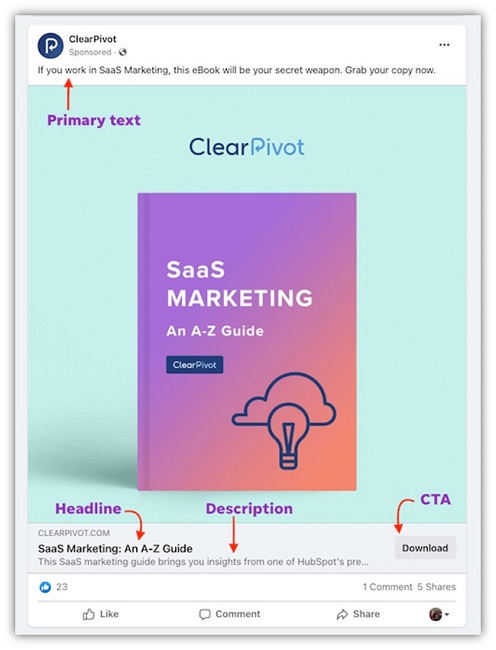
Contrast this with Google Ads, where responsive is the new normal. What does responsive mean? In Google’s world, a responsive ad contains a wide variety of assets that Google can piece together to create thousands of different combinations. For example, a Responsive Search Ad can have up to 15 different headlines and four different descriptions.
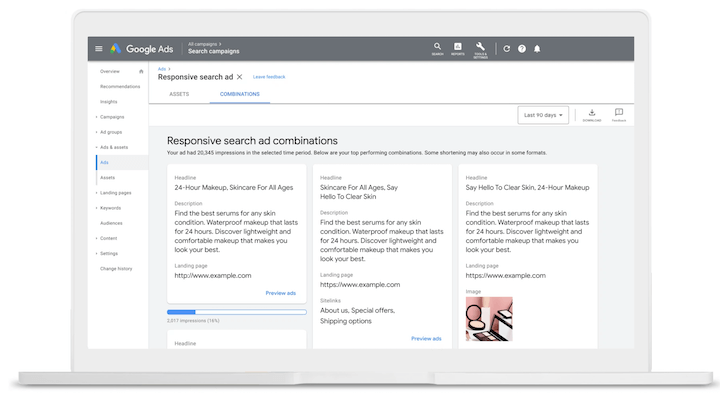
Speaking of descriptions, think of the primary text in a Meta Ad as equivalent to a description in a Google Ad. This is where you can actually use full sentences and provide more details about your products or services.
Meta Ads vs. Google Ads: Targeting
Here are a few differences in the targeting options available in Meta Ads vs. Google Ads.
Lookalikes
You’re probably familiar with the concept of a lookalike audience (Meta Ads verbiage) or a similar segment (Google Ads verbiage). By adding this targeting to your campaign, you can reach new users who exhibit similar online behavior to your existing users.

Unfortunately, Google Ads has said Sayonara to the similar segment; you can no longer add them to campaigns, and as of August 2023, they will stop serving entirely. However, lookalikes are alive and well in Meta Ads, and a common prospecting tactic for those just getting started on the platform.
Audience expansion
If you’ve ever run paid ads, regardless of platform, you know that automation is taking over. Both Google Ads and Meta Ads will push you hard to automate your audience targeting!
Google Ads calls this Optimized Targeting, Meta Ads calls this Advantage Detailed Targeting. Both settings are often turned on by default and give the platform permission to show your ads to people beyond your audience selections who it thinks are likely to convert. I recommend testing it; sometimes it works well, sometimes it doesn’t but you never know until you try.
Meta Ads vs. Google Ads: Reporting
If you are looking for reporting transparency, Google Ads definitely wins this showdown.
Transparency
In Meta Ads, reporting is provided at the campaign, ad set, or ad level. Practically, this means that if you add multiple audiences to the same ad set, you will not know how each of those audiences performs, just how the ad set performs overall. While you can create separate ad sets for each audience, this potentially brings other issues with budget, reach, etc.
In Google Ads, reporting is provided at much more granular levels. If you add multiple keywords, placements, audiences, etc. to the same ad group, you will still get detailed reporting on how each piece of your targeting puzzle performs. This is immensely helpful for optimization.

Default attribution windows
The default attribution setting when creating a campaign in Meta Ads is seven-day click or one-day view. This means that once someone clicks on your ad, if they convert within seven days, that campaign will take credit. Similarly, if someone views but does not click on your ad, then converts within one day, the campaign will also take credit. This is why your Google Analytics reporting will never line up with your Meta Ads Manager reporting; Google Analytics can’t “see” those view-through conversions.
Google Ads generally does not include view-through conversions by default. However, the default click conversion window in Google Ads Manager is 30 days. This is why your Google Analytics reporting will never line up with your Google Ads reporting, either; Google Ads will keep “adding” conversions over the course of the month.
Key differences between Google Ads and Meta Ads
When evaluating the different capabilities of Google Ads and Meta Ads, think of them as first cousins rather than distant relatives. They share similar DNA but have diverged over time due to different priorities. If you’re well versed in one platform and looking to get started in the other, this is a friendly reminder to do your due diligence (like reading this article!) so that you don’t get tripped up.


















